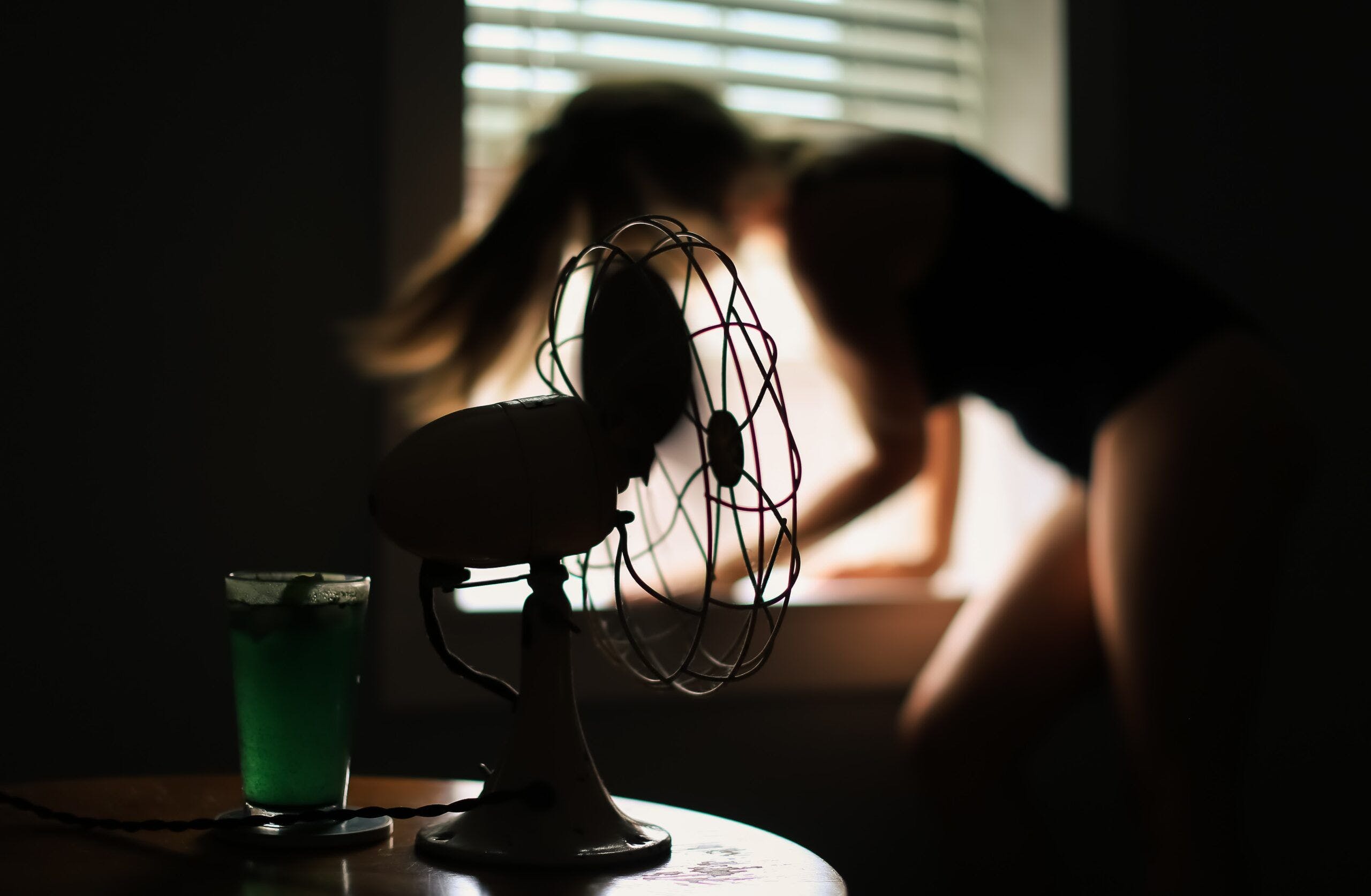The effects of environmental pollution are a serious concern in today’s world. When we think of air pollution we imagine outdoor air pollutants that harm us. But, we often tend to ignore the danger that lurks inside our homes — indoor pollution.
Staying indoors with a roof over our heads and our windows closed does not safeguard us from pollution. Here are five easy ways by which you can improve the air quality at your home.
1. Ventilate and Purify
It is already known that stale air can make you sick. Fresh air circulation is vital for maintaining good air quality indoors. The simplest way to get rid of stale air is by opening your windows and allowing fresh air in.
Living in a crowded city could mean that the air outside your home is polluted. In that case you can open the windows at particular timings during the day, usually early morning when pollution levels are lower than usual. Even during colder days where it would seem to be unwise to open the windows and let cold air enter while you try to stay warm, it is essential to allow fresh oxygen to enter and freshen your home.
The practice of airing your indoors not only freshens it up but also gets rid of dust mites and air-borne impurities that thrive in humidity and stale air. It is also important to keep your home well ventilated while working with certain paints and chemicals.
2. Check Indoor Air Filters
Air-conditioning systems are our saviours during warm humid days. Besides bringing us comfort, they circulate the air in the room and filter out common air pollutants. Once their air filters fill up they stop filtering the air. While this reduces the air quality indoors it could also harm your AC system and make you incur high repair costs down the line. Therefore, if you are living in a highly polluted area or suffer from allergic reactions, you should get your filters changed regularly. Besides your AC filter, make sure to check or replace filters of other devices at home. Filters from household appliances such as kitchen vents, dryers, and vacuum cleaners should be periodically checked and replaced if required.
3. Use Cooking Vents
The kitchen is a source of a considerable amount of air impurities. Harmful pollutants, such as, nitrogen dioxide and carbon monoxide are released with the kitchen fumes. Electric burners are also no strangers to this cause. They produce the same pollutants along with other contaminants that can enter your bloodstream. Hence, kitchen vents need to be installed and switched on while cooking. This can expel most of the fumes, thereby, reducing indoor air pollution.
4. Clean Carpets and Rugs
Modern Persian rugs and carpets enhance the look and feel of your home and they also attract dust and allergens from the air and work as filters.
5. Indoor Plants
Plants and trees are natural air filters. Indoor plants don’t just add beauty to your home but also are of great help in improving the air quality. A study done by NASA in 1989 revealed that, indoor plants such as ferns, Devil’s ivy, and peace lilies are highly effective in getting rid of carbon monoxide and other impurities from the air. Chrysanthemums are among the best for air purification.
If you want to live and breathe healthy you need to ensure that the air inside your home is free from pollutants. Visit ActronAir Australia to know more about how to keep the air pure and breathable at home.


Comments are closed.